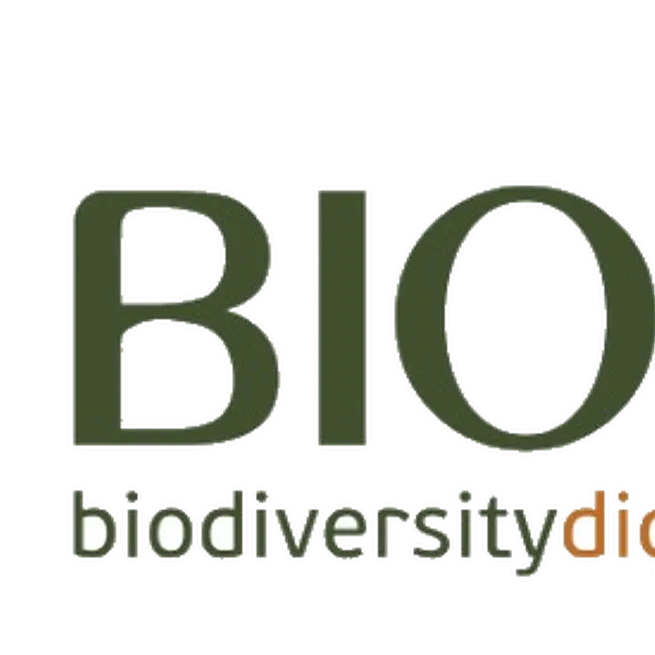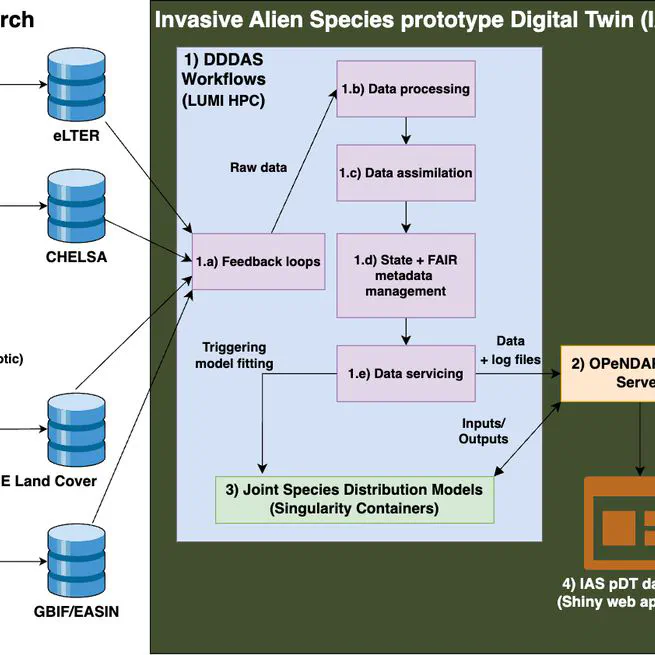
The BioDT (Biodiversity Digital Twin) a three-year initiative funded by the EU Horizon Europe program, aimed at enhancing our understanding and management of biodiversity through advanced technological means. The BioDT project focuses on creating a digital twin for biodiversity, leveraging high-performance computing, artificial intelligence, and data integration. It aims to provide sophisticated modeling, simulation, and prediction capabilities to better understand and manage biodiversity dynamics. The project is designed to address critical global challenges related to biodiversity loss, climate change, food security, and ecosystem services. Groups of thematic use cases test the work developed by technical partners and will address biodiversity challenges through prototype Digital Twins (pDTs). The BioDT pDTs are divided into four main groups focusing on: ► Species response to environmental change Biodiversity Dynamics Ecosystem Services ► Genetically detected biodiversity Crop wild relatives and genetic resources for food security DNA detected biodiversity in cryptic habitats ► Dynamics and threats from and for species of policy concern Invasive Species ► Species interactions with each other and with humans Pollinators Disease Outbreaks I am responsible for preparing data for and modelling the distribution of invasive alien species across Europe using joint species distribution models.
Jul 21, 2024

Invasive alien species (IAS) threaten biodiversity and human well-being. These threats may increase in the future, necessitating accurate projections of potential locations and the extent of invasions. The main aim of the IAS prototype Digital Twin (IAS pDT) is to dynamically project the level of plant invasion at habitat level across Europe under current and future climates using joint species distribution models.
Jun 14, 2024